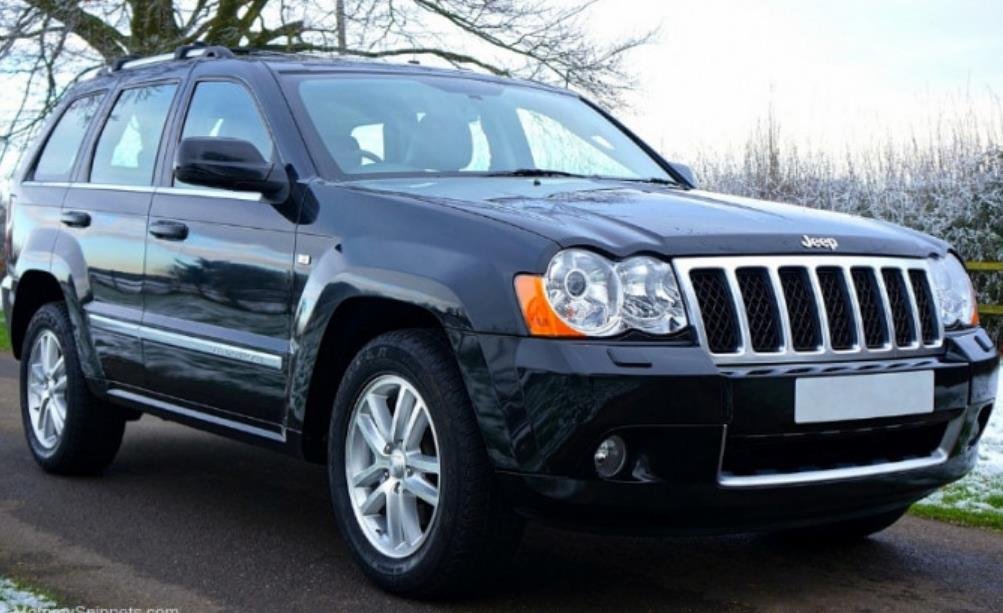Luxury midsize SUVs are popular among families who want comfort, space, and performance. But how well do they protect their rear-seat passengers in crashes? A new test by the Insurance Institute for Highway Safety (IIHS) reveals that most of them fall short in this aspect.
The IIHS is a nonprofit organization that conducts research and tests on vehicle safety. One of its most well-known tests is the moderate overlap front crash test, which simulates a frontal collision between two vehicles of the same weight at 40 mph. The test measures the impact on the driver and the front passenger, who are represented by dummies.
However, the IIHS realized that the rear-seat occupants, who are often children or elderly, are also vulnerable in such crashes. Therefore, in 2022, the IIHS updated its moderate overlap front crash test to include a dummy in the second row behind the driver. The dummy simulates a 12-year-old child or a small woman, who are more likely to suffer injuries in crashes than larger adults.

The updated test evaluates the risk of injury to the head, neck, chest, and thigh of the rear-seat dummy. The test also assesses the seat belt, head restraint, and airbag performance for the rear seat. The vehicles are rated as good, acceptable, marginal, or poor based on the test results.
The results for luxury midsize SUVs
The IIHS tested eight luxury midsize SUVs for the updated test. The results were disappointing, as only three of them earned a good rating: the Volvo XC60, the Lincoln Aviator, and the Mercedes-Benz GLE. These vehicles provided adequate protection and restraint for the rear-seat dummy, and prevented excessive movement or contact with the front seat.
The other five vehicles scored lower ratings. The Acura MDX and the BMW X3 were rated as acceptable, as they showed some risk of head injury for the rear-seat dummy due to the proximity to the front seat. The Audi Q5, the Lexus RX, and the Cadillac XT6 were rated as marginal or poor, as they exhibited a problem called “submarining”, which means sliding forward under the lap belt. This increases the risk of injury to the head, neck, and chest of the rear-seat dummy.
The IIHS noted that the vehicles that performed poorly in the test had similar designs for the rear seat belt and the seat cushion. The seat belt was anchored too far forward, and the seat cushion was too soft, which allowed the dummy to slide under the belt. The IIHS suggested that improving the seat belt geometry and the seat stiffness could improve the rear-seat safety.
The implications for consumers
The updated test by the IIHS highlights the importance of rear-seat safety for luxury midsize SUVs, which are often used by families. The test shows that not all luxury SUVs are equally safe for the rear-seat passengers, and that consumers should pay attention to the test ratings when choosing a vehicle.
The IIHS also urged the automakers to improve the rear-seat safety features, such as seat belts, head restraints, and airbags, to match the high standards of the front seat. The IIHS said that it will continue to test more vehicles for the updated test, and will include the results in its Top Safety Pick awards.
